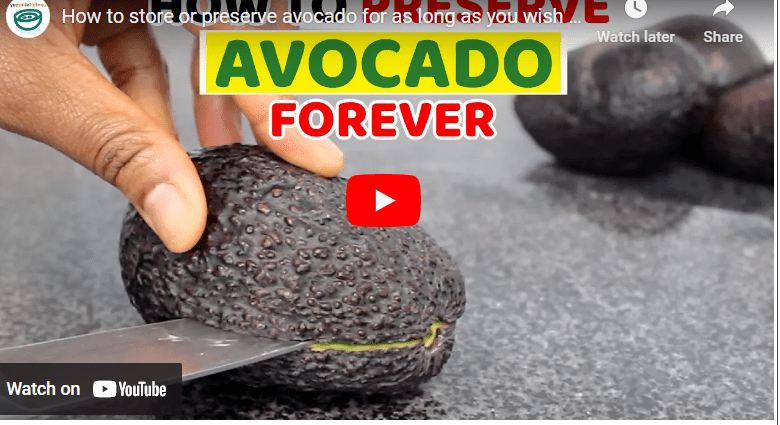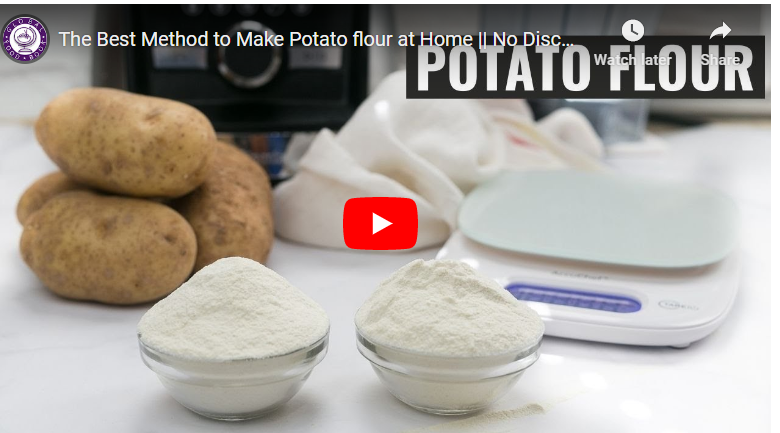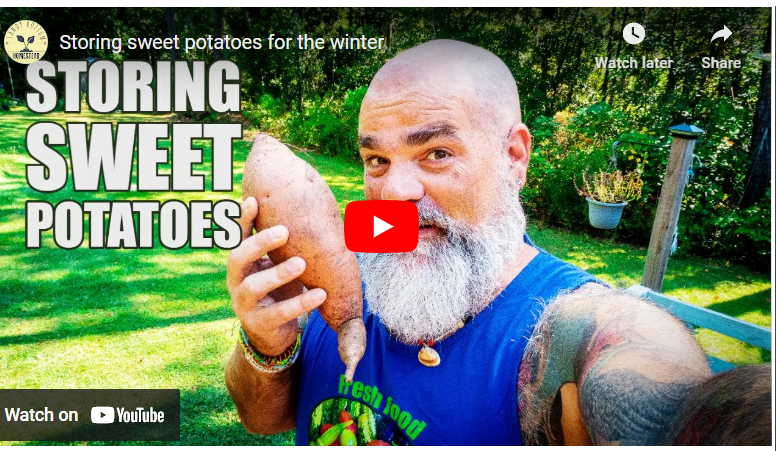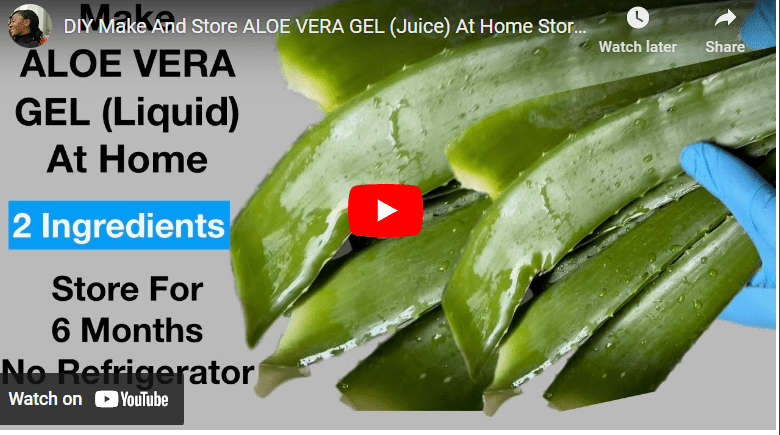Coconuts have been consumed around the world for centuries due to their versatile nature and numerous health benefits. Rich in electrolytes, coconuts are known to aid in digestion, support immune function, and promote healthy skin and hair.
However, once you have cracked open a fresh coconut, its shelf life can be relatively short. That’s why it’s important to learn how to preserve coconuts so that you can enjoy their benefits for a longer period.
Preserving coconut for long-term storage requires a few simple steps. First, remove the coconut meat from the husk and rinse it thoroughly. Then, cut into cubes or grate, and spread out on a baking sheet. Next, freeze the cubes or grated coconut until solid. Finally, store the frozen coconut in an airtight container or freezer bag and place in the freezer for up to 6 months.
How To Preserve Coconut
Coconut is a versatile tropical fruit that is prized for its flavor and numerous health benefits. It is a rich source of fiber, vitamins, and minerals, as well as healthy fats that can promote heart health and boost energy levels.
Coconuts can be consumed in many forms, from fresh and raw to dried and processed, and are a popular ingredient in a wide range of sweet and savory dishes.
Read Also: How To Preserve Aloe Vera For Long-Time Storage
Whether you want to use it in smoothies, curries, or desserts, preserving coconut is a simple and effective way to make the most out of this tropical fruit. So, let’s get started and learn how to preserve coconut to enjoy its many benefits all year round.
Step 1: Choose the Right Coconut
As you start your journey of preserving coconut, the first step is to choose the right one. Mature coconuts are ideal for preserving as they have thicker husks and more flesh.
Immature coconuts, on the other hand, have thin husks and thin flesh. When choosing a coconut, look for one with a thick husk and no cracks or bruises.
You should also make sure the coconut is heavy for its size. This is indicative of a juicy and flavorful coconut. Once you have your coconut, it’s time to harvest it.
Read Also: How To Preserve Apple for Long-Time Storage
Step 2: Harvest the Coconut
Harvesting a coconut is a simple process, but it is important to take the necessary safety precautions.
Firstly, you will need a pair of gloves and a sharp machete or a large knife. Wear the gloves to protect your hands and use the machete or knife to cut the husk off the coconut.
It is important to ensure that you make a clean, neat cut, as this will help to preserve the coconut. Once the husk has been removed, cut the coconut open and remove the flesh.
Be careful not to cut yourself as you do this. Once the flesh has been removed, you can move onto the next step of preparing the coconut for preservation.
Read Also: How To Preserve Avocado For Long Time Storage
Step 3: Prepare the Coconut for Preservation
Preserving coconut is relatively easy and can be done in a few simple steps. Step three is to prepare the coconut for preservation. To do this, you’ll need to clean the coconut and remove the flesh.
Firstly, you’ll need to remove any dirt and debris from the surface of the coconut. Gently scrub the exterior of the coconut with a clean cloth or brush and warm water. Be sure to dry the coconut thoroughly afterwards.
The next step is to remove the flesh from the coconut. You can do this by using a sharp knife to make a shallow cut in the husk and peel it away.
Once the husk is removed, you can use a knife to scrape away the remaining flesh from the interior. Be sure to scrape away any bits of husk that may still be attached to the flesh.
Once you have removed the flesh from the coconut, you can now move on to the next step and begin to preserve the coconut.
Read Also: How To Preserve Beans For Long Time Storage
Step 4: Preserve the Coconut
To preserve your coconut for later or future use, here are viable 3 methods you can use.
Method 1: Freezing Coconut
Freezing is an easy and effective way to preserve fresh coconut. Follow these steps to freeze your coconut:
Step 1 – Select Your Coconut
Choose a fresh and ripe coconut that is free from any cracks or blemishes.
Step 2 – Remove The Coconut Meat
Use a sharp knife to crack open the coconut and remove the meat. Peel off any brown skin from the meat.
Read Also: How To Preserve Cabbage For Long Storage
Step 3 – Shred The Coconut Meat
Use a grater or food processor to shred the coconut meat into small pieces.
Step 5 – Portion The Coconut
Divide the shredded coconut into small portions that are easy to use later. You can use freezer bags or airtight containers to store the portions.
Step 6 – Label And Freeze
Label the bags or containers with the date and contents, and place them in the freezer. The coconut can be stored in the freezer for up to six months.
Read Also: How To Preserve Carrot For Long Time Storage
Step 7 – Thaw The Coconut
When you’re ready to use the frozen coconut, simply remove it from the freezer and let it thaw in the refrigerator or at room temperature.
Benefits of Freezing Coconut
- Freezing preserves the texture and flavor of the coconut
- Frozen coconut is easy to portion and use in recipes
- Frozen coconut can last up to six months in the freezer
Limitations of Freezing Coconut
- Freezing may cause the coconut to lose some of its moisture and texture
- Thawed coconut may have a slightly different texture than fresh coconut
Method 2: Drying Coconut
Drying coconut is another effective way to preserve fresh coconut. Here’s how to do it:
Read Also: How to Preserve Cocoa for Long Time Storage
Step 1 – Select Your Coconut
Choose a fresh and ripe coconut that is free from any cracks or blemishes.
Step 2 – Remove The Coconut Meat
Use a sharp knife to crack open the coconut and remove the meat. Peel off any brown skin from the meat.
Step 3 – Shred The Coconut Meat
Use a grater or food processor to shred the coconut meat into small pieces.
Step 4 – Spread Out The Coconut
Spread the shredded coconut out on a baking sheet or dehydrator tray. Make sure the pieces are in a single layer and not touching each other.
Step 5 – Dry The Coconut
Place the baking sheet or dehydrator tray in the oven or dehydrator at a low temperature (around 120-150°F/49-66°C) for several hours until the coconut is completely dry. Stir or rotate the coconut occasionally to ensure even drying.
Step 6 – Cool And Store The Coconut
Once the coconut is completely dry, remove it from the oven or dehydrator and let it cool. Store the dried coconut in an airtight container in a cool, dry place for up to six months.
Benefits of Drying Coconut
- Dried coconut is lightweight and easy to store
- Dried coconut has a longer shelf life than fresh coconut
- Dried coconut can be used in a variety of recipes
Limitations of Drying Coconut
- Drying coconut can take several hours, depending on the method used
- Dried coconut may have a slightly different texture than fresh coconut
Method 3: Canning Coconut
Canning coconut is a great way to preserve fresh coconut for an extended period of time. Here’s how to do it:
Step 1 – Select Your Coconut
Choose a fresh and ripe coconut that is free from any cracks or blemishes.
Step 2 – Remove The Coconut Meat
Use a sharp knife to crack open the coconut and remove the meat. Peel off any brown skin from the meat.
Step 3 – Cut The Coconut Meat
Cut the coconut meat into small, bite-sized pieces.
Step 4 – Prepare The Jars
Wash the canning jars and lids in hot, soapy water, and rinse them thoroughly. Sterilize the jars by boiling them in water for 10 minutes, or following the manufacturer’s instructions.
Step 5 – Add The Coconut To The Jars
Fill each jar with the bite-sized pieces of coconut, leaving about 1 inch of headspace at the top.
Step 6 – Add The Syrup
In a separate saucepan, heat a syrup made of water and sugar in a 1:1 ratio until it comes to a boil. Pour the syrup over the coconut in each jar, leaving about 1/2 inch of headspace.
Step 7 – Process The Jars
Put the covers onto the containers and fasten the rings until they are firm, but not overly tight. Process the jars in a boiling water bath for the recommended time for your altitude and the size of jars.
Step 8 – Cool And Store The Jars
Once the jars are processed, remove them from the water bath and let them cool. Check the seals to ensure that they are tight. Store the canned coconut in a cool, dry place for up to a year.
Benefits of Canning Coconut
- Canned coconut has a long shelf life
- Canning preserves the flavor and texture of the coconut
- Canned coconut is convenient and easy to store
Limitations of Canning Coconut
- Canning requires specialized equipment, including a canner and jars with lids
- Canned coconut may have a slightly different texture than fresh coconut
Step 5: Storage
When storing preserved coconut, it is important to make sure the coconut is completely dry before storing it. To ensure the coconut is completely dry, it should be placed in a cool, dry and dark place for a few days.
Once the coconut is dry, it can be stored in an airtight container in a cool and dry place. If storing canned coconut, it should be kept in a refrigerator or other cool and dry area.
When freezing coconut, it is important to wrap it in an airtight package and store it in the freezer. To maintain the quality of the coconut, it should be consumed within six months of freezing.
Uses of Coconut
Coconuts have a wide variety of uses and can be consumed in many forms. The meat of the coconut can be eaten raw, dried and grated, or used to make coconut milk, cream, butter, and oil.
The water of a coconut can also be consumed as a refreshing drink. The husk, leaves, and branches of a coconut can be used to create items such as rope, mats, and baskets.
Advantages of Preserving Coconut
Preserving coconut is a great way to enjoy the many uses of the coconut for a longer period of time.
By preserving the coconut, it can be stored for future use which can help to save time, money, and resources.
It also allows for the coconut to be enjoyed in different forms, such as dried, grated, or as a milk or cream.
Disadvantages of Preserving Coconut
One of the drawbacks of preserving coconut is that it can take away some of the natural flavor and nutrients of the coconut.
When preserving the coconut, some of the natural oils and moisture can be lost, resulting in a drier product.
Additionally, the process of preserving coconut can be time-consuming and may require additional tools or equipment.
Best Practices of Preserving Coconut
When preserving coconut, it is important to use fresh and high-quality coconut. The coconut should be stored in an airtight container and kept away from direct sunlight.
The coconut should be stored in a cool, dark place and checked regularly for signs of spoilage.
Additionally, it is important to use the right tools and techniques when preserving the coconut, such as drying, grating, or boiling it.
Challenges of Preserving Coconut
Preserving coconut can be a challenging process, as it can be difficult to find the right tools and techniques.
Additionally, the process of preserving coconut can take a significant amount of time and effort.
It is also important to be careful when preserving the coconut, as it can easily spoil if not stored and handled properly.
Tools Required to Preserve Coconut
In order to properly preserve a coconut, several tools and equipment may be required. These include a coconut grater, drying rack, cheesecloth, and a stovetop or oven.
Additionally, a food processor or blender may be necessary if the coconut is to be made into a milk or cream.
Other tools such as knives, peelers, and strainers may also be needed depending on the type of product being made.
How To Preserve Coconut Shell
To preserve a coconut shell, it is important to keep it away from direct sunlight and moisture.
It is best to store it in a dry, dark place. If the shell needs to be cleaned, use only a damp cloth.
Avoid using any harsh detergents or other cleaning products. Additionally, it can be coated in a thin layer of wax or oil to protect it from moisture and dirt
How To Preserve A Coconut For Decoration
To preserve a coconut for decoration, it is important to keep it away from direct sunlight and moisture. It can be soaked in a light bleach solution for a couple of hours to help preserve it and prevent it from turning yellow.
After soaking, it should be wiped down with a damp cloth and allowed to dry completely. Once it is dry, it can be decorated with paint, glue, or other materials.
How To Store Grated Coconut In Fridge
To store grated coconut in the fridge, it is best to place it in an airtight container. This will help to prevent the coconut from drying out and becoming stale. Additionally, it should be kept away from direct sunlight and moisture. It is also best to store it in the vegetable drawer so that it does not absorb the smell of other foods.
How To Preserve Coconut Water
To preserve coconut water, it is important to treat it with a preservative such as sodium benzoate. This will help to keep the water from spoiling. Additionally, it should be stored in an airtight container and kept away from direct sunlight and moisture. Coconut water should also be consumed within 3-4 days of opening it.
How To Keep Fresh Coconut From Turning Brown
To keep a fresh coconut from turning brown, it is important to keep it away from direct sunlight and moisture. Additionally, it should be stored in an airtight container in the refrigerator.
This will help to prevent the coconut from drying out and becoming stale. Additionally, it is important to use the coconut within a few days of opening it.
Conclusion
Preserving coconut is a great way to extend the shelf life of this delicious and nutritious fruit. By following the steps outlined in this article, anyone can learn how to choose, harvest, prepare, and preserve their own coconut.
From drying and canning to freezing and storing, there are many ways to ensure that your coconut stays fresh and flavorful for much longer. With the right techniques, you can enjoy the health benefits of coconut for a much longer time.



